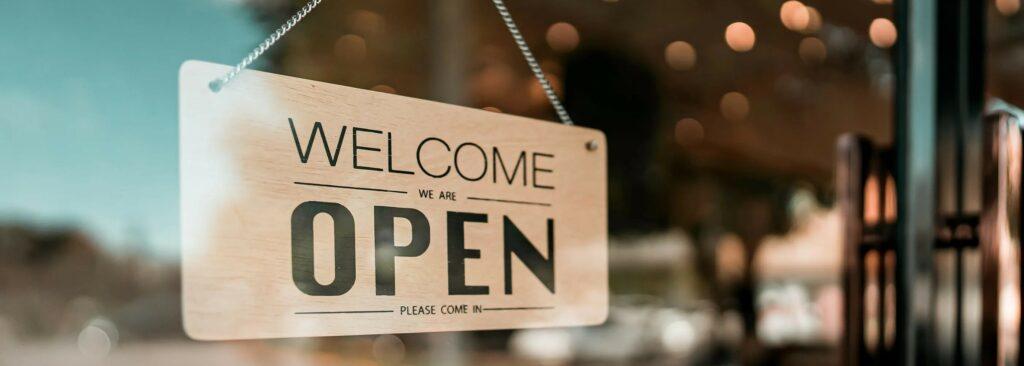In SBA 7(a) lending, cash flow is the portion of a business’s income that can be used to pay back a loan. It’s the most important factor a lender considers when deciding whether or not to give an SBA 7(a) loan, as its size relative to the size of the loan payments is the best indicator of the borrower’s repayment ability. As such, it’s important to fully understand how cash flow is calculated and used by lenders.
How Cash Flow Is Calculated
Lenders calculate cashflow by taking a business’s net operating income (NOI) from a given year, then adding back the value of some specific costs (known as “add backs”). This provides a better idea of the business’s repayment capability. The most common method lenders use is EBIDA, or earnings before interest, depreciation, and amortization. When using EBIDA, lenders take the NOI from a particular year and add back the business’s interest, depreciation, and amortization costs to get that year’s cash flow.
Lenders often use EBIDA, but not always – the add-backs they use can vary from loan to loan. Some common additional add-backs include one-time costs, rent (real estate purchase loans), and owner compensation (business purchase loans, if the old owner was taking more in compensation than the new owner will).
How Cash Flow Is Used
Once lenders have calculated a business’s cash flow, they use it to determine the business’s repayment ability. They do this by taking the business’s cash flow for a given year and dividing it by the yearly loan payment, producing that year’s debt service coverage ratio (DSCR).
Lender typically calculate a business’s DSCRs for the previous three full years, as well as the current year-to-date (if applicable). This gives them a better idea of the business than the most recent year’s financials alone. The trend over the years is especially important to them, as it shows whether the business is heading in a positive or negative financial direction.
Lenders typically look for a DSCR of 1.25 or above, but this depends on multiple factors. A lower DSCR may be acceptable if the business will have a higher level of cashflow going forward – this is called a projection loan. For example, a lower DSCR may be acceptable for a business purchase loan if the new owner has plans to make large, beneficial changes.
Alternatively, a higher DSCR may be required if interest rates are expected to rise, or if the loan is for a riskier type of business. For example, a lender likely wouldn’t require a higher-than-normal DSCR for a safer loan, like the purchase of a well-located gas station, but they may require it for a riskier loan, like the purchase of a winery.
Example
Cash Flow Calculation
A lender is analyzing the financials of a $3,000,000 convenience store business and real estate purchase loan. The convenience store had a NOI of $350,000 last year. Using EBIDA, the lender adds back the costs for:
- Interest: $36,000
- Depreciation: $12,000
- Amortization: $10,000
and because
$36,000 + $13,000 + $11,000 = $60,000
and
$350,000 + $60,000 = $410,000,
this gives us a cash flow of $410,000.
Cash Flow Use
The lender then uses the cash flow to calculate the business’s DSCR. The lender is planning to offer an interest rate of 10% for a typical 25 year, fully amortized SBA 7(a) loan.
At that interest rate and term:
The monthly payment for the loan would be $27,261.02
The total yearly payment would be $327,132.24
The lender then divides the cash flow by the total yearly payment:
$410,000 / $327,132.24 = 1.25
This gives a DSCR of 1.25. The lender repeats the process for the two previous years, and as the DSCRs for those years are similar, the lender is satisfied. They offer the loan to the borrower, and the borrower accepts.
Want to see your business’s cash flow? Check out our cash flow calculator.

